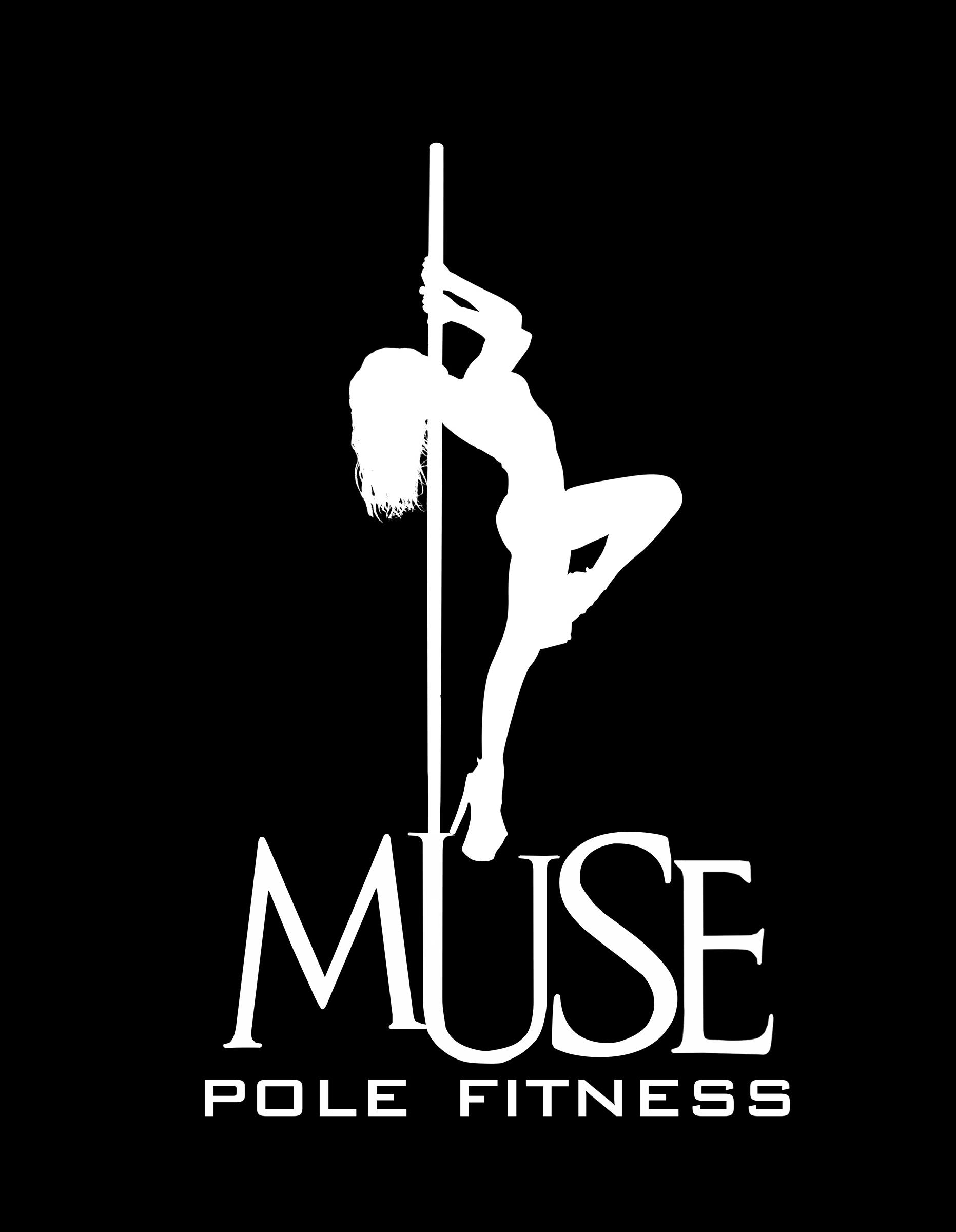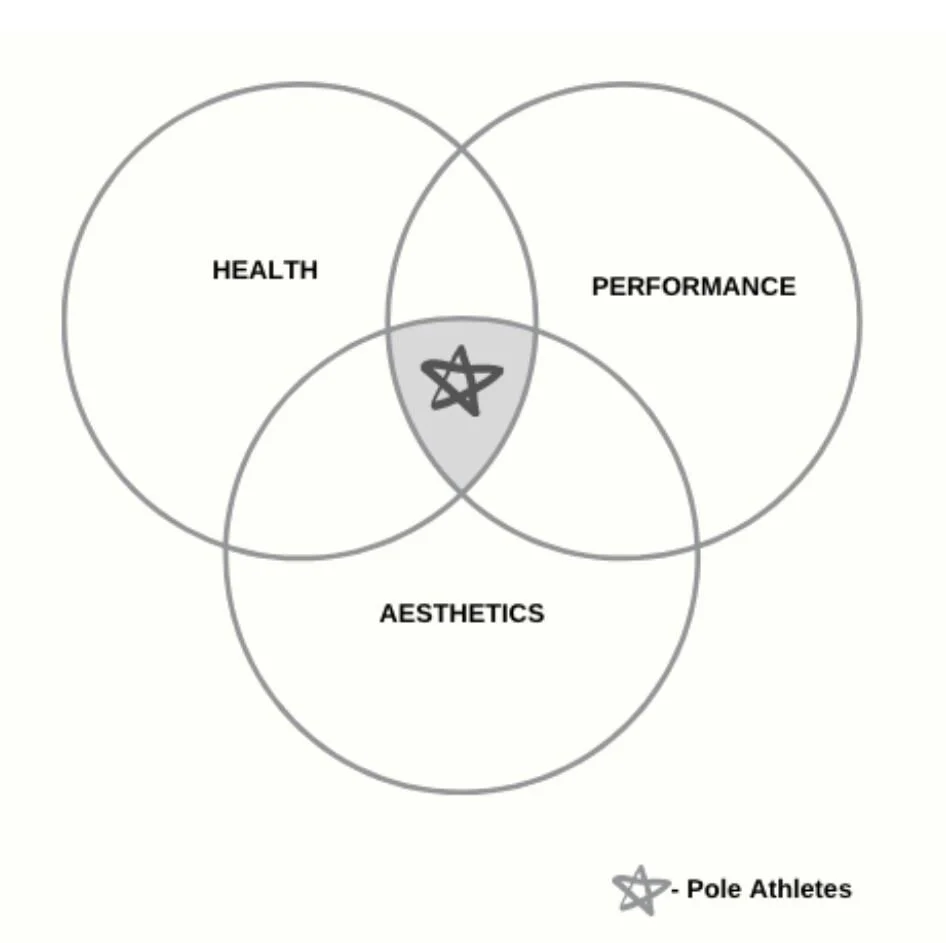SNACK ATTACK - A Phase 1 Approach To Nutrition, For Aerialists
“You can’t eat an elephant all at once, but you can eat it one bite at a time.”
When I was a teenager this was my mother’s most used phrase, which you can imagine irritated the daylight out of me. Probably because it was true, and she was right. The things we learn and the habits we incur when we’re young stick with us. Whether they’re conducive to our health or not.
My fitness journey started early. It exponentially took off when I hired a coach who convinced me to try a bikini-bodybuilding competition in my early 20’s. After two seasons I advanced to the IFBB. We had created a high metabolism monster, and I needed a lot of calories. I hadn’t ever considered that at the lowest body fat percentage in my life, I’d be eating as a part time job. But nutrition and application is wild, and I had a lot to learn. Fascinated enough to alter my major and my entire life trajectory, I wound up dual majoring in Psychology and Nutrition. Since graduating I’ve spent about a decade coaching athletes and the general population alike on their food intake.
I left the IFBB stage when I discovered pole. Having moved into the Pole community full time, it’s my opinion that aerialists’ dietary needs are some of the most dynamic I’ve worked with.
Recently I taught a seminar focusing on Nutritional Guidance for Pole Dancers, and Aerialists. In this article, I’ve listed the three main topics we focused on for easy reference. My goal as a coach is to make everything more… digestible...so you can eat that elephant one bite at a time too.
Topic 1: Determining Goals.
When working with clients, goals tend to fall under three categories. Health, Performance, and Aesthetics. At any given moment, we exist somewhere on this spectrum, and we place weight on our priorities. Aerialists especially tend to exist under some combination of all three.
We may lean into one category more than another, but in order to train and perform efficiently while protecting our bodies, we require a somewhat balanced plan.
Having this awareness is the first step in making sure our dietary plans are comprehensive enough to keep us safe, and performing at our personal best.
Topic 2: Understanding Caloric Needs
Our Basal Metabolic Rate (BMR) is the amount of calories we need to exist. This means to literally lay in bed and complete processes that keep us alive i.e, blood flow, organ function, brain function, etc.
To determine your personal BMR caloric requirement you can use this formula, add on your needs based on activity, and tailor to your preferred gender:
Once you have your baseline and active caloric needs, you can start to manage those from a personal needs standpoint, attributing calories to specific macronutrients.
(*for transgender, intersex, nonbinary individuals my usual practice is to apply the client’s preferred gender category to plans. Please note that while actively transitioning or undergoing any surgeries your body may need more calories and micronutrients necessary for healing)
Topic 3: Understanding Macros:
When “tracking macros' or using an (if it fits your macros™) approach, our plan considers Protein, Carbohydrates, and Fats. An Aerialist needs all three, but everyone needs a unique combination. Factors that determine this ratio are age, genetics, athletic and aesthetic goals:
PROTEIN:
The building blocks of the body, Proteins are made up of amino acids.
Major processes in the body:
Tissue structure (muscle, hair, skin, organs, etc.).
Create the structure for hormones, antibodies, and other important substances.
Enzymes that regulate our metabolismGrowth, repair, and bodily maintenance.
Guidelines recommend: 10-35%.
CARBOHYDRATES:
Provide energy via glycogen stores.
Carbohydrates have three major processes:
Fuel during high intensity exercise.
Spare protein (to preserve muscle mass during exercise).
Fuel for the Central Nervous System (aka your brain).
Guidelines recommend: 45 - 65%
FATS:
Play a central role as a macronutrient by providing the body with long-term energy, and lubrication.
Fats have five major bodily processes:
Energy reserve (or long-term energy).
Protects vital organsInsulation (keeps us warm).
Transport for fat soluble vitamins.
Joint Lubrication.
Nerve Function.
Guidelines recommend: 20-35% of BMR.
--
This is a lot of information to take in, and it’s just the beginning. But it’s a great place to start if being aware of your nutrition goals and needs is on your agenda. Hopefully this elephant seems a little bit easier to tackle.
If you’d like to run your numbers by me, or work on your own athletic meal plan my inbox is always open. In the meantime, happy training!
-Coach Maria
Who is Coach Maria and what are her credentials?
Maria Huebert
B.S. Nutritional Sciences, B.A. Psychology
NASM-CPT (National Academy of Sports Medicine-Certified Personal Trainer)
Precision Nutrition
Functional Movement Specialist
Body By Pilates
Former Nationally Qualified Bikini Athlete - NPC
NANBF Bikini and Figure Competitor
Published Boudoir Model
Pole Hobbyist and Competitor
GNC Sponsored Athlete
YTT 200 Hour (in progress)
CEO & Owner: Shape Shifts Training
Contact:
shapeshiftstraining@gmail.com
314-391-6675
Disclaimer: *Please note this information is ever changing and this may be updated in the future to reflect new information as it becomes available. I am not a Medical Professional and you should also seek out your doctor, or nutritionist before beginning any diet and exercise programs. If any of the information I’ve described contradicts your prescribed medical plan, your medical plan is your default.




